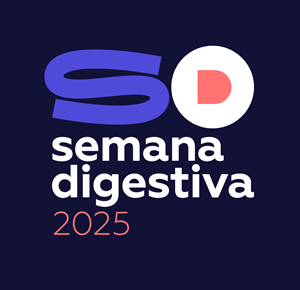Methods: Retrospective analysis of 19 SOT-IBD patients between 2001-2021 in a Portuguese tertiary centre.Results: Ten patients (53%) were male, 7 (37%) ulcerative colitis (UC), 10 (52%) Crohn ́s Disease (CD) and 2 (11%) unclassified colitis. Five patients (26%) were submitted to kidney transplant(KD) and 14 (76%) to liver transplant(LT). Nine patients (47%) were diagnosed with IBD after transplant, with 4 IBD post-KT. Tacrolimus and MMF were the most commonly used antirejection treatments.Concerning CD patients, 9 were non-stricturing non-penetrating (4 ileocolic and 5 colonic), 1 was stricturing (jejuno-ileal) and 3 had perianal disease. Three patients achieved remission under messalazine (UC), 3 under steroids, 3 under azathioprine (AZT) and 7 under biologics. Two UC patients were submitted to colectomy due to medical therapy failure. Eight (42%) patients experienced treatment with biologics, 2 of them combined with AZT (infliximab+AZT). Five patients (26%) experienced only one biologic (3 treated only with infliximab and 2 with vedolizumab). Three patients (15%) experienced two or more biologics (1 failed to vedolizumab and is currently under ustekinumab; 1 failed to adalimumab, developed infliximab immunogenicity and is currently under vedolizumab; 1 failed to combined AZT plus infliximab, to adalimumab and to vedolizumab). Two/8 treated with combination biologic and antirejection therapy experienced infectious complications: CMV colitis and campylobacter enterocolitis, both under infliximab+tacrolimus. One CD patient with LT was diagnosed with intestinal diffuse large B-Cell lymphoma (tacrolimus and recent AZT). Conclusion:The majority of patients presented colonic disease.The risk of infection and neoplasms (mainly lymphoproliferative) should be considered in the management of this patients – that probably explains why vedolizumab was preferred in this population.

 Semana Digestiva 2025 | Todos os direitos reservados
Semana Digestiva 2025 | Todos os direitos reservados